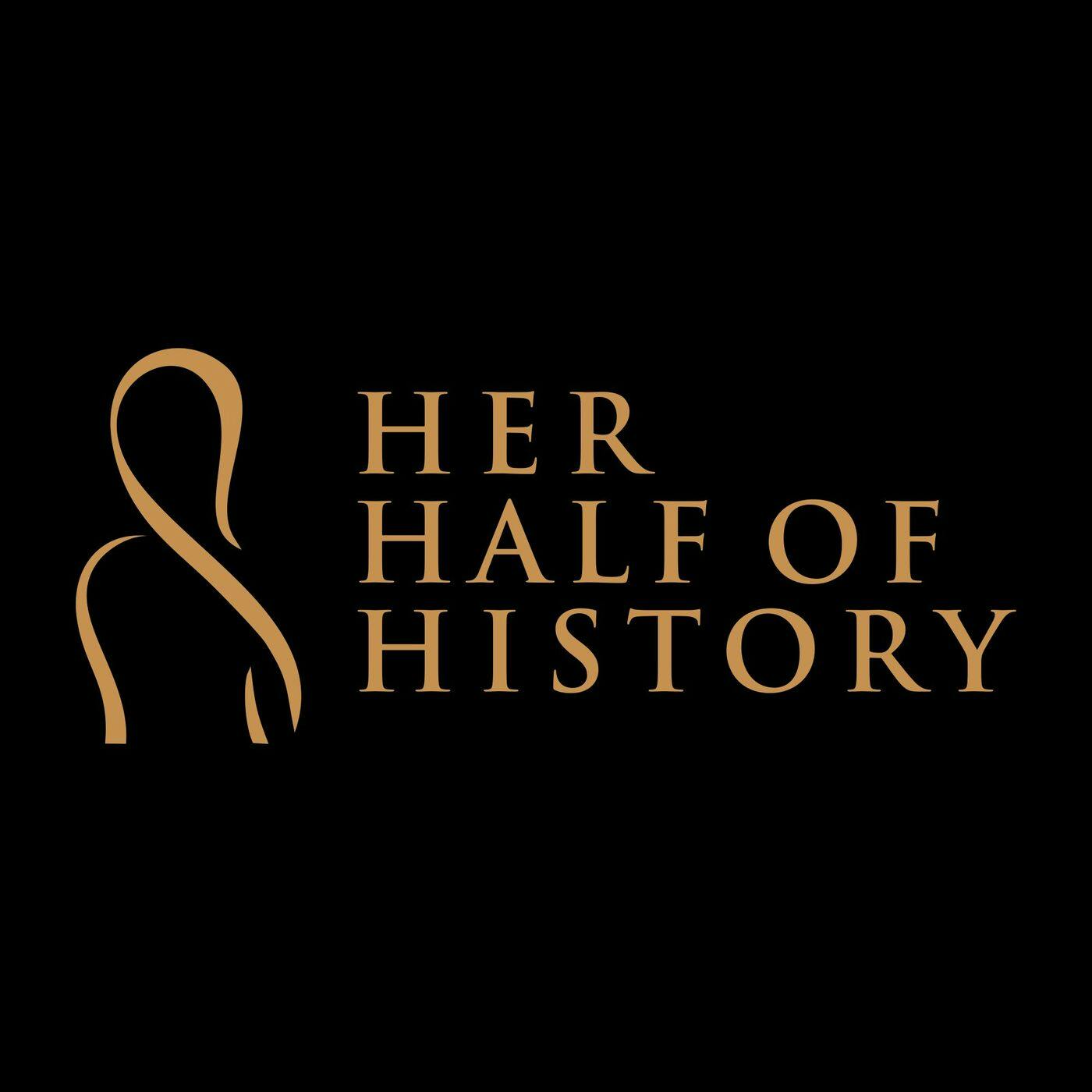Listen "The Solemnization of Matrimony (from the Book of Common Prayer) (ep. 9.6)"
Episode Synopsis
Instead of telling you a story about what we can gather from historical documents, I am just going to actually read you a historical document. If that’s not your jam, give it a break and come back for the next regular episode on the African-American bride.
In 1549, Thomas Cranmer, archbishop of Canterbury, authorized the first Book of Common Prayer for use in the fairly recently formed Church of England. It included a section called “The Forme of Solemnizacion of Matrimonie.”
Cranmer is generally given credit for having written it. He certainly directed that it should be written. The Book of Common Prayer was subsequently revised several times, but I have compared multiple versions and the differences to this section are pretty minimal. The Church of England still likes the 1662 version today, and yes, the bride still promises to obey her husband in that version. The Anglican church in North America revised as recently as 2019, and no, the bride does not promise to obey in that version. But overall, the sentiment and much of the language remain the same.
Besides the slight revisions, there were times when the Book of Common Prayer was in favor and also times when it was out. The Catholic Mary I didn’t use it, of course, because it wasn’t Catholic. Ironically, the Puritans under Oliver Cromwell also didn’t use it because it had too much Catholic influence. Sometimes you just can’t win.
Except that it did win, because overall it was in favor more often than it was out. So as I read this, you can imagine many an English bride on her wedding day: Anne Hathaway who married William Shakespeare in 1582. Pocahontas (not English) who married John Rolfe (yes, English) in 1614. Martha Custis, who was still an English subject when she married George Washington in 1759. Queen Victoria, who married Prince Albert of Saxe-Coburg and Gotha in 1840. Poet Elizabeth Barrett who married poet Robert Browning in 1846. I could go on with more and more brides up to and including Kate Middleton who married Prince William in 2011. The following service would have been familiar to all of them, with a few slight variations from time to time.
Visit the website (herhalfofhistory.com) for sources, transcripts, and pictures.
This show survives on the support of listeners like you. Support the show on my Patreon page (https://www.patreon.com/user?u=83998235) for ad-free episodes, bonus episodes, and polls. Or make a one-time donation on Buy Me a Coffee. Your support helps me keep bring the stories of past women into the present.
Join Into History (intohistory.com/herhalfofhistory/) for a community of ad-free history podcasts plus bonus content.
Visit Evergreen Podcasts to listen to more great shows.
Follow me on Threads as Her Half of History.
Learn more about your ad choices. Visit megaphone.fm/adchoices
In 1549, Thomas Cranmer, archbishop of Canterbury, authorized the first Book of Common Prayer for use in the fairly recently formed Church of England. It included a section called “The Forme of Solemnizacion of Matrimonie.”
Cranmer is generally given credit for having written it. He certainly directed that it should be written. The Book of Common Prayer was subsequently revised several times, but I have compared multiple versions and the differences to this section are pretty minimal. The Church of England still likes the 1662 version today, and yes, the bride still promises to obey her husband in that version. The Anglican church in North America revised as recently as 2019, and no, the bride does not promise to obey in that version. But overall, the sentiment and much of the language remain the same.
Besides the slight revisions, there were times when the Book of Common Prayer was in favor and also times when it was out. The Catholic Mary I didn’t use it, of course, because it wasn’t Catholic. Ironically, the Puritans under Oliver Cromwell also didn’t use it because it had too much Catholic influence. Sometimes you just can’t win.
Except that it did win, because overall it was in favor more often than it was out. So as I read this, you can imagine many an English bride on her wedding day: Anne Hathaway who married William Shakespeare in 1582. Pocahontas (not English) who married John Rolfe (yes, English) in 1614. Martha Custis, who was still an English subject when she married George Washington in 1759. Queen Victoria, who married Prince Albert of Saxe-Coburg and Gotha in 1840. Poet Elizabeth Barrett who married poet Robert Browning in 1846. I could go on with more and more brides up to and including Kate Middleton who married Prince William in 2011. The following service would have been familiar to all of them, with a few slight variations from time to time.
Visit the website (herhalfofhistory.com) for sources, transcripts, and pictures.
This show survives on the support of listeners like you. Support the show on my Patreon page (https://www.patreon.com/user?u=83998235) for ad-free episodes, bonus episodes, and polls. Or make a one-time donation on Buy Me a Coffee. Your support helps me keep bring the stories of past women into the present.
Join Into History (intohistory.com/herhalfofhistory/) for a community of ad-free history podcasts plus bonus content.
Visit Evergreen Podcasts to listen to more great shows.
Follow me on Threads as Her Half of History.
Learn more about your ad choices. Visit megaphone.fm/adchoices
More episodes of the podcast Her Half of History
Period Products (ep. 15.15)
20/11/2025
The Car and the Woman (ep. 15.14)
13/11/2025
The Disposable Diaper (ep. 15.13)
30/10/2025
The Pill (ep. 15.10)
02/10/2025
Birth Control Before the Pill (ep. 15.9)
25/09/2025
 ZARZA We are Zarza, the prestigious firm behind major projects in information technology.
ZARZA We are Zarza, the prestigious firm behind major projects in information technology.
